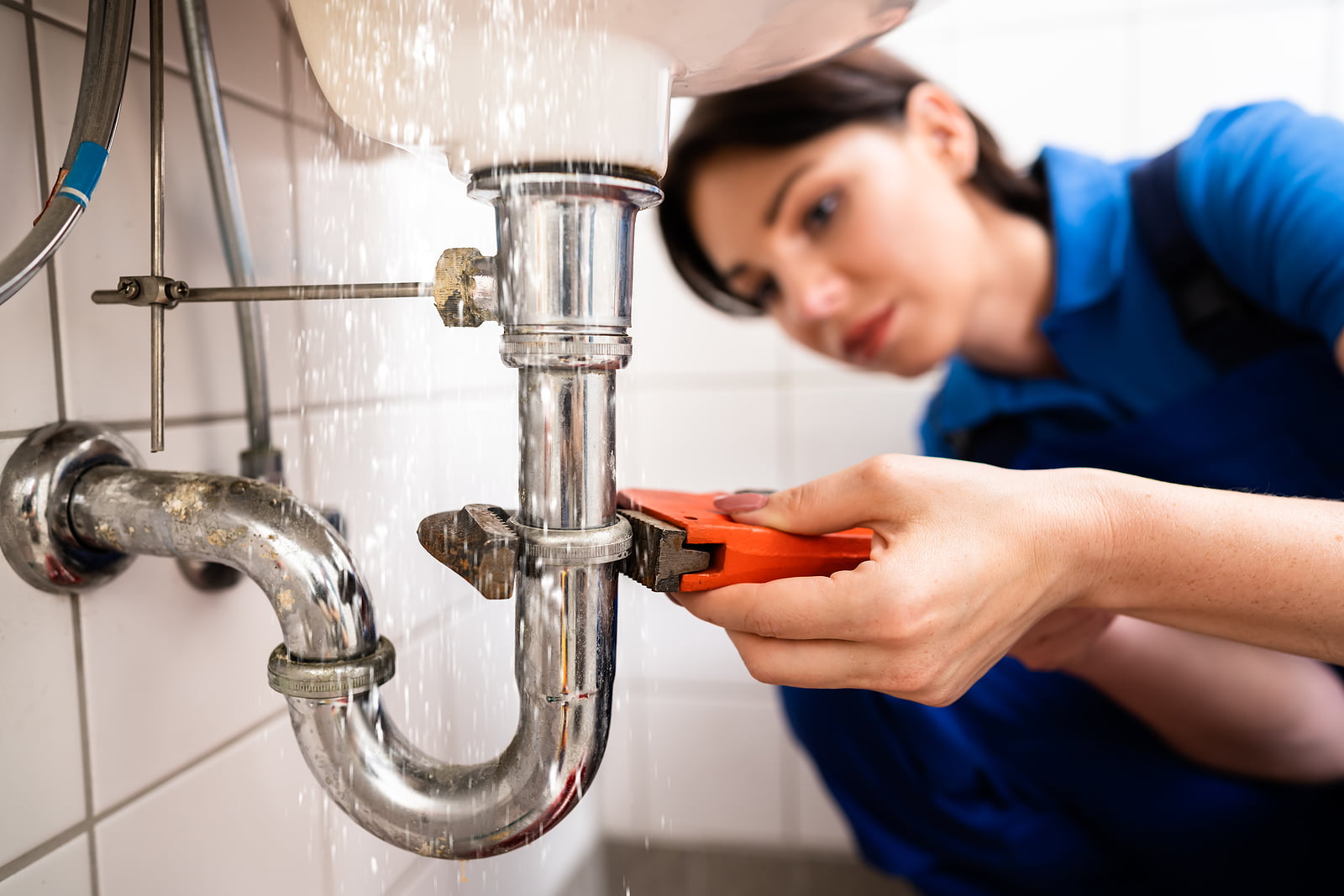
Do you have a plumbing problem and need help figuring out what to do? Don’t worry; you’re not alone. Plumbing issues can range from minor annoyances to major disasters, but solutions are always available. In this blog post, we’ll look at 5 of the most common plumbing problems and their solutions, so you can get your plumbing system up and running again.
Clogged Drain
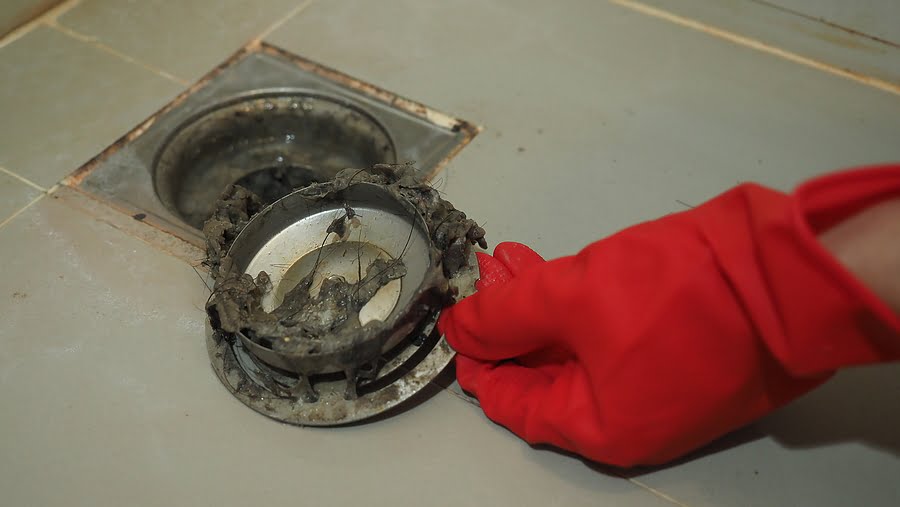
Clogged drains are one of the most common problems and can be very frustrating. Fortunately, there are several things you can do to unclog your drain.
Use a Plunger – A plunger will work best if the clog is close to the surface and not too far down in the drainpipe. To use a plunger, place it over the drain, fill the sink with water, and plunge up and down vigorously. This should be able to dislodge whatever is clogging the drain.
Mix a Homemade Drain Cleaner – You can make a simple solution by combining baking soda and vinegar. Pour a 1⁄2 cup of baking soda into the drain, followed by a 1⁄2 cup of vinegar. This will create a foaming reaction that should help break up the clog. Let it sit for 15-20 minutes, then rinse with hot water.
Buy a Chemical Drain Cleaner – Be sure to follow the instructions carefully when using these products, as they can be harsh on your pipes and may even damage them if misused.
Leaky Faucet
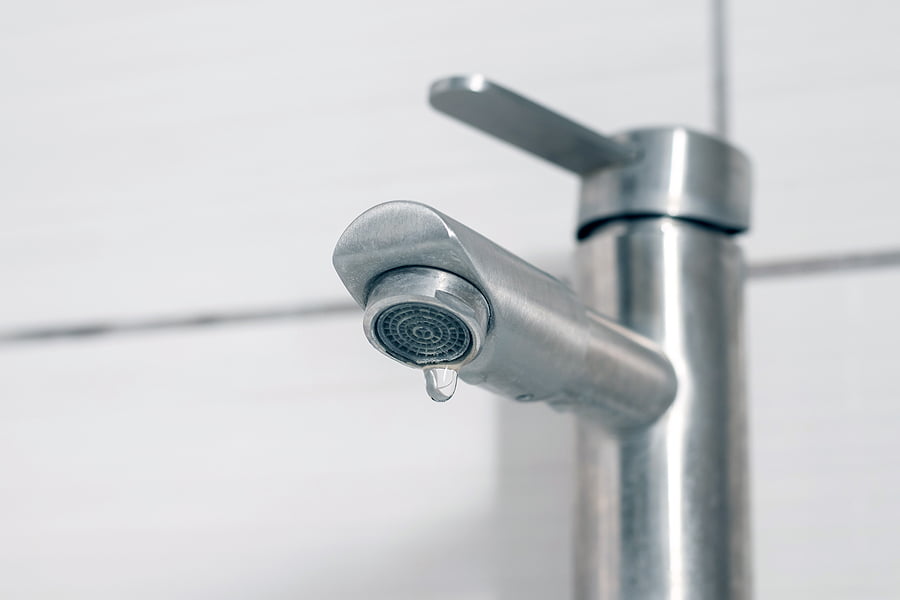
Leaky faucets can be a nuisance but are usually a simple fix. Start by turning off the water supply to the faucet and unscrewing the handle. Inside you should find a rubber washer that may need replacing. Try tightening the packing nut beneath the handle if the washer looks fine. If that doesn’t work, the stem or cartridge of the faucet might need replacing. Make sure to bring the old parts to the hardware store to get a perfect match.
Running Toilet

Toilets are an essential part of any home and can be a source of significant plumbing problems. A running toilet can be caused by several different things and waste hundreds of gallons of water each day if left unchecked. The most common causes of a running toilet are a broken flapper, a faulty fill valve, or a clogged overflow pipe.
Broken Flapper – The flapper is the rubber part that seals the flush valve and is connected to the flush handle by a chain. If it is worn, not fitting correctly, or otherwise broken, it can allow water to seep out continuously.
Faulty Fill Valve – Fill valves control how much water is put into the tank after it has been flushed. Too much water will be put in if it’s not functioning correctly, causing it to run constantly. Fortunately, this part can easily be replaced with just a few tools.
Clogged Overflow Pipe – The overflow pipe allows water to flow out when the tank is full and can become clogged with debris, resulting in an overflowing tank and a constantly running toilet. The easiest way to unclog this pipe is to use a plunger. Start by ensuring no water is in the bowl, then place the plunger over the drain and start plunging vigorously until the clog is removed.
Low Water Pressure
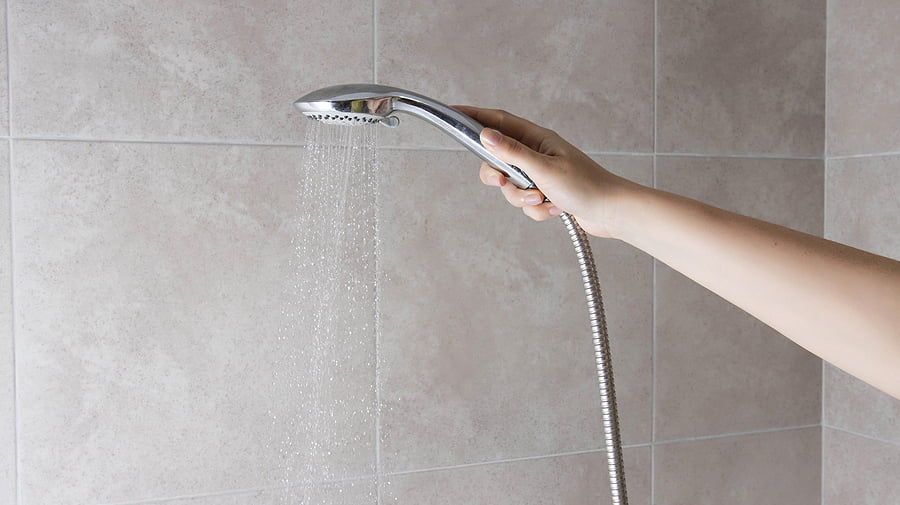
If you’re dealing with low water pressure throughout your home, the problem could be located in several places. Firstly, ensure all the valves are fully open on the faucets and showers. If the problem is still occurring after doing this, there may be a buildup of mineral deposits inside the pipes that restrict the flow. This is more common in homes with older plumbing systems. To clear out these deposits, you must have a professional plumber come in and flush the system.
In some cases, if your home has galvanized steel pipes, they may be corroded, causing low water pressure. In that case, they must be replaced with copper or PVC piping. If you’re still not getting adequate pressure, it could also be due to a malfunctioning water pressure regulator or a problem with the main water supply line. To get to the root of the issue, it’s best to consult a qualified plumber for an inspection and diagnosis.
No Hot Water
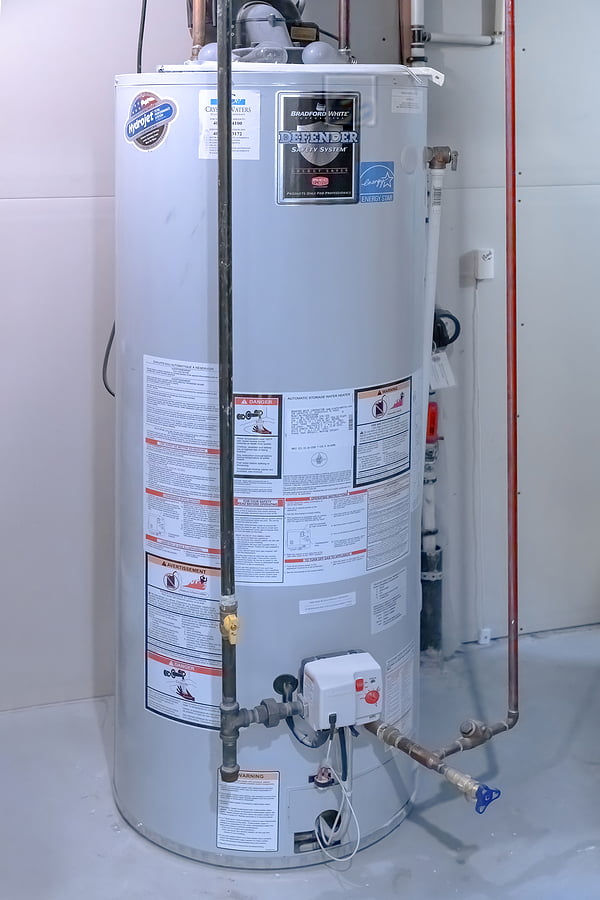
Having no hot water can be an incredibly frustrating and inconvenient problem. Fortunately, there are a few potential solutions to this plumbing issue.
The first step is to check your water heater’s thermostat. If it is set lower than the required temperature, increase it and wait for the water to heat up. Additionally, it may be helpful to check the power supply to ensure it’s still connected. If the power has gone out, resetting the circuit breaker or relighting the pilot light might fix the issue.
If these solutions don’t work, the problem could be related to sediment buildup in the water heater tank. Over time, sediment can accumulate at the bottom of the tank, reducing its efficiency. To solve this issue, you will need to drain the tank and flush out the sediment. However, this should only be done by a professional plumber as it can be dangerous if not handled properly.
Finally, having no hot water could be due to a damaged part in the water heater. In this case, you should contact a professional plumber for help. They will be able to diagnose the issue and recommend any necessary repairs.
Plumbing problems can be a headache for homeowners, but with the proper knowledge and tools, many issues can be resolved quickly and easily. From simple fixes like unclogging a drain to more complex repairs like fixing a leaky pipe, understanding common plumbing problems and their solutions can save you time and money in the long run. However, if you’re uncomfortable tackling plumbing problems alone, don’t hesitate to seek professional help from the licensed plumbers at Marco Plumbing.


